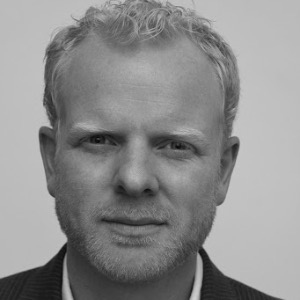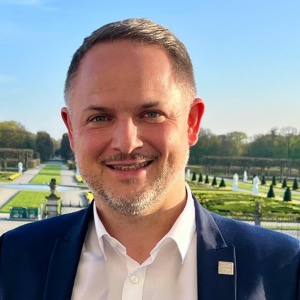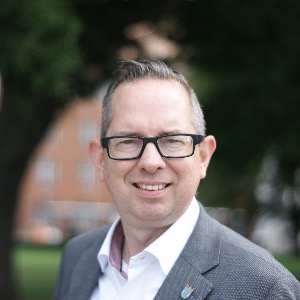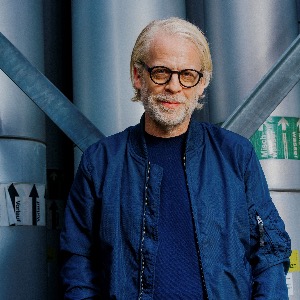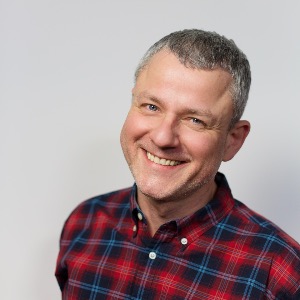
Few places reflect a nation’s soul as vividly as its museums. They tell stories not only of what has been, but of what a society chooses to remember and how it wishes to be seen. In Berlin, the Deutschlandmuseum reimagines this dialogue between past and present through an immersive journey into 2,000 years of German history.
We spoke with Robert Rückel, Director of the Deutschlandmuseum, about what Germany sees when it looks into the mirror of its own history and how storytelling, empathy, and memory can become acts of diplomacy.
History as Diplomacy: How the Deutschlandmuseum Builds Bridges Through Memory
Every museum tells us as much about the present as about the past – what does the Deutschlandmuseum reveal about the Germany of today?
The Deutschlandmuseum reveals that Germany today is a country deeply shaped by its past but also one that actively chooses to engage with it. The way we present history shows a great deal about the society we inhabit today. Our immersive approach reflects a contemporary desire not just to learn about history, but to feel it, to experience it emotionally and physically. That speaks to a Germany that values reflection, empathy, and critical thinking. By telling a complex, multifaceted national story one that includes both pride and pain the museum mirrors a society that is still negotiating its identity, still asking who it wants to be.
You can’t fully understand modern Germany without understanding its past; our present is built on it. For example, Germany’s remarkably strong federal structure, with powerful individual states, only makes sense when you look back at the fragmented political landscape of the Holy Roman Empire. In that sense, the museum doesn’t just explore history it helps explain why Germany is the way it is today.
When a nation turns its history into an experience – as you do in the Deutschlandmuseum – what part of that story do you hope people feel, not just understand?
Every part of German history contributes to the larger picture of what shaped the country and each chapter deserves to be felt, not just intellectually understood. But if there’s one period we especially hope visitors connect with emotionally, it’s the time after the devastation of the two World Wars: the division into East and West, and the eventual reunification. For younger generations, that experience can feel distant and abstract. The immersive time-travel format of the „Deutschlandmuseum“ makes it tangible, it invites people to step into those times, to grasp the emotional and societal transformation Germany went through. But it’s not just the recent past: even the early stages of nation-building and shifting borders become something you feel on a visceral level, not just read on a timeline.
Museums are mirrors of collective identity. What does Germany see in the mirror today and what does it perhaps choose not to see?
Germany today sees itself as a democratic, pluralistic society that has made historical responsibility and remembrance central to its national identity. This self-image is the result of decades of active engagement with the past, and it shapes how the country presents itself — both internally and to the world.
At the same time, no mirror reflects the full picture. Certain aspects of Germany’s history and present remain less visible in public discourse: the legacy of colonialism, the role of migration in shaping society, or ongoing social and regional inequalities. These are not necessarily denied, but they are often less integrated into the mainstream narrative.
Museums can help broaden this reflection. By including diverse perspectives and lesser-known histories, they offer a more complex and inclusive view of collective identity not just confirming established narratives, but opening space for critical engagement. In that sense, the museum becomes not only a mirror, but also a lens through which society can examine itself more closely.
If diplomacy is the art of relationships, and history the art of memory, where do the two meet inside a museum?
They meet in the act of dialogue. Museums are spaces of encounter between people, between cultures, between past and present. Diplomacy is ultimately about understanding and connection, and history provides the shared memories that make that possible. Inside a museum, visitors are not just passive observers; they engage, reflect, and often re-evaluate their own perspectives. That makes museums uniquely powerful as places of soft diplomacy where empathy is built, where differences can be explored, and where new relationships, even across borders, can begin.

